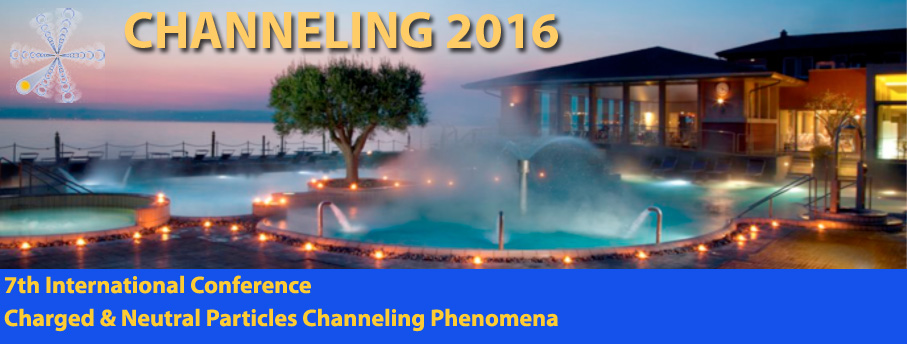Speaker
Dr
Alexey Tishchenko
(National Research Nuclear University "MEPhI")
Description
Various cosmic ray experiments and experiments on modern and future accelerators face the challenge to identify particles with gamma-factors up to ~10^5. For example, widely used transition radiation detectors are good for separation of electrons from the hadron background up to hadron Lorentz-factors of about 500. For higher Lorentz-factor the contribution of transition radiation from hadrons becomes significant and almost reaches saturation at Lorentz-factors of about 3*10^3. The identification of charged particles of ultra-high energies, therefore, is an extremely difficult task and now there are no detectors capable of identifying the single charged particles with reliable efficiency in this range of Lorentz-factors. One of the examples where such type of detectors should play a crucial role is the study of hadron production within small angles at Large Hadron Collider (LHC). This experiment requires separation of protons, K-mesons and pi-mesons in the energy range of 1-6 TeV. Besides measurement of fundamental QCD processes defining particles production with low transverse momentum at LHC energies, these experiments are extremely important for Astroparticle Physics. Such experiments will allow to resolve ambiguities related to the models of particle production at energies up to 10^17 eV in the Universe, where the particle spectrum is observed to change significantly.
In this report we discuss the ways to identify the charged particles with ultra-high energies proceeding from the properties of different types of polarization radiation in periodic structures. Resonant transition radiation, parametric x-ray radiation, Cherenkov x-ray radiation and others, as well as the ways of improving of conventional TR-based detectors are estimated from point of view their capability of identifying the charged particles with ultra-high energies. The theoretical consideration is added with Geant4 simulation results.
Primary author
Dr
Alexey Tishchenko
(National Research Nuclear University "MEPhI")
Co-authors
Mr
Aleksandr Savchenko
(NRNU MEPhI, Russia, Moscow)
Dr
Anatoli Romaniouk
(MEPHI/CERN)
Ms
Darya Sergeeva
(National Research Nuclear University "MEPhI")
Prof.
Mikhail Strikhanov
(National Research Nuclear University "MEPhI")

